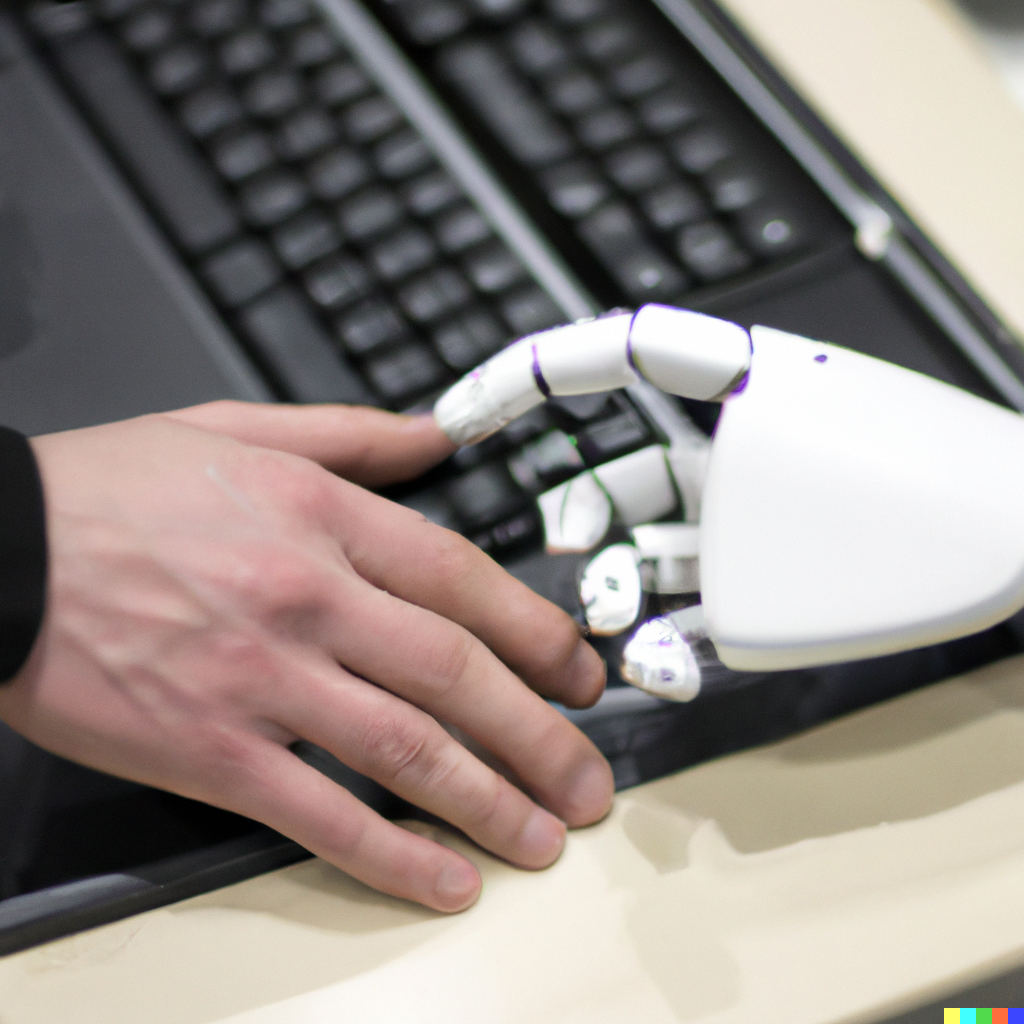(or how AI will transform back office processes)
Artificial intelligence (AI) is not just a buzzword or a futuristic concept. It is already a reality that is reshaping many aspects of business, especially in the back office. The back office is where many administrative, operational, and support functions take place, such as accounting, IT, HR, and legal. These functions are often manual, repetitive, time-consuming, and prone to errors. AI can help automate and optimize these processes, leading to improved efficiency, accuracy, productivity, and insights.
Productivity
One of the main benefits of AI in the back office is that it can boost productivity by freeing up human workers from mundane and tedious tasks. For example, AI can automate data entry, invoice processing, order fulfillment, payroll management, and more. This can save time and resources, as well as reduce human errors and delays. According to a report by McKinsey1, automation could raise productivity growth globally by 0.8 to 1.4 percent annually.
AI can also enhance productivity by providing smart assistance and guidance to human workers. For example, AI can offer suggestions, recommendations, reminders, alerts, and feedback based on data analysis and learning. This can help workers perform their tasks more effectively and efficiently, as well as learn new skills and best practices. For example, AI can help HR professionals with recruitment, onboarding, performance management, and retention by providing insights and advice based on data and analytics.
Automation
Another benefit of AI in the back office is that it can enable automation of complex and intelligent processes that require analysis and decision making. For example, AI can automate financial reporting, tax compliance, contract review, risk management, and more. This can improve the quality and reliability of these processes, as well as reduce costs and risks. According to a study by Automation Anywhere2, automation can reduce costs in back office functions by up to 40%.
AI can also enable automation of cross-functional and end-to-end processes that involve multiple departments and systems. For example, AI can automate the entire customer journey from order to delivery by integrating data and workflows across sales, marketing, finance, logistics, and customer service. This can improve customer satisfaction and loyalty, as well as increase revenue and profitability.
Decision Support
A third benefit of AI in the back office is that it can provide decision support by generating insights and predictions based on data and analytics. For example, AI can provide insights into customer behavior, market trends, operational performance, financial health, and more, built and evidenced from huge datasets that would be impossible for humans to interpret. This can help managers and executives make informed and strategic decisions that align with business goals and objectives.
AI can also provide decision support by augmenting human judgment and intuition with data-driven evidence and reasoning. For example, AI can help with initial research, finding expertise and experts, drafting copy, analysis, and a broader picture by providing relevant cases, precedents, statutes, and facts. This can increase the pace and accuracy of tasks, as well as increasing the the amount of time that humans can spend using their creativity, empathy, judgement and other human skills to create more value.
Conclusion
Our view is that AI is not a threat or a replacement for human workers in the back office. Rather, it is a powerful tool that can complement and augment human capabilities and potential. By automating and optimizing back office processes with AI, businesses can achieve higher levels of efficiency, accuracy, productivity, and insights. This can lead to better performance outcomes for both the business and its customers. AI won’t put you out of a job but someone using AI may well do …

